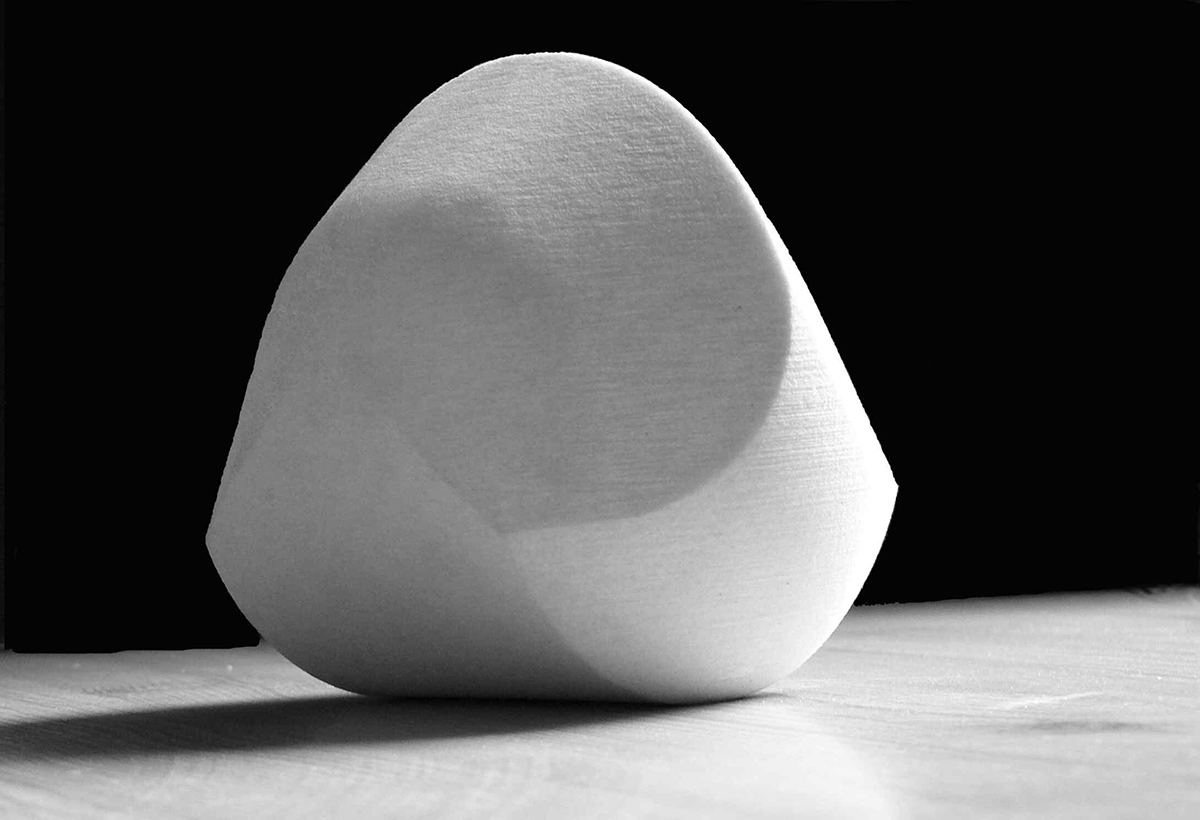
Il gömböc è un solido convesso mono-monostabile di densità uniforme che ha la proprietà di tornare da solo nella posizione stabile quando viene appoggiato in ogni altra posizione su una superficie piana perché possiede un unico punto di equilibrio stabile e un solo punto di equilibrio instabile.
Altra particolarità del gömböc è quella di non avere una forma univoca, ma di averne infinite varianti. Tuttavia è necessaria un'estrema precisione nel costruirli avendo una tolleranza dell'ordine di appena 0,1 mm per 100 mm.
Il suo nome, pronunciato gœmbœts deriva dalla parole ungherese che significa sferoidale.
L'esistenza del gömböc è stata provata nel 2006 all'Università di Tecnologia e di Economia di Budapest, grazie al lavoro di Gabor Domokos e Peter Varkonyi, 11 anni dopo l'ipotesi formulata dal matematico Vladimir Arnold.
Il guscio di molte tartarughe ha una forma simile per permettere loro di tornare agilmente in posizione eretta.
LEGGI ALTRO...